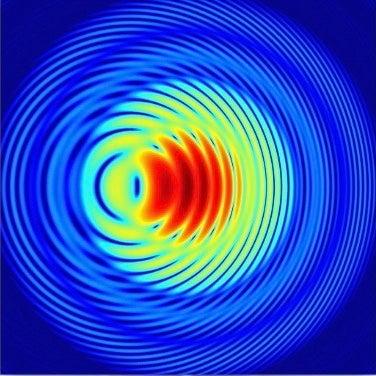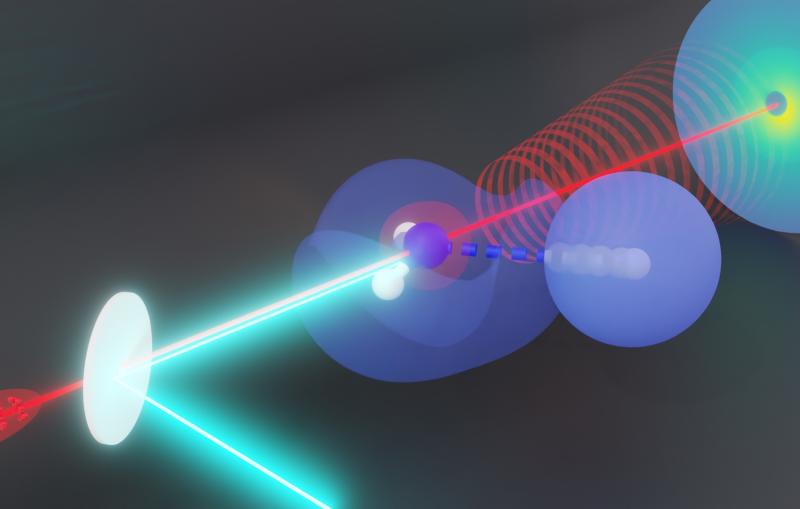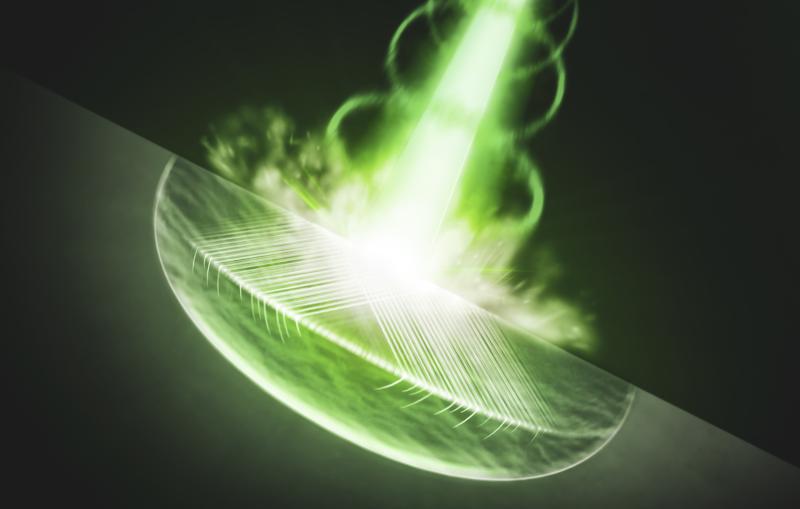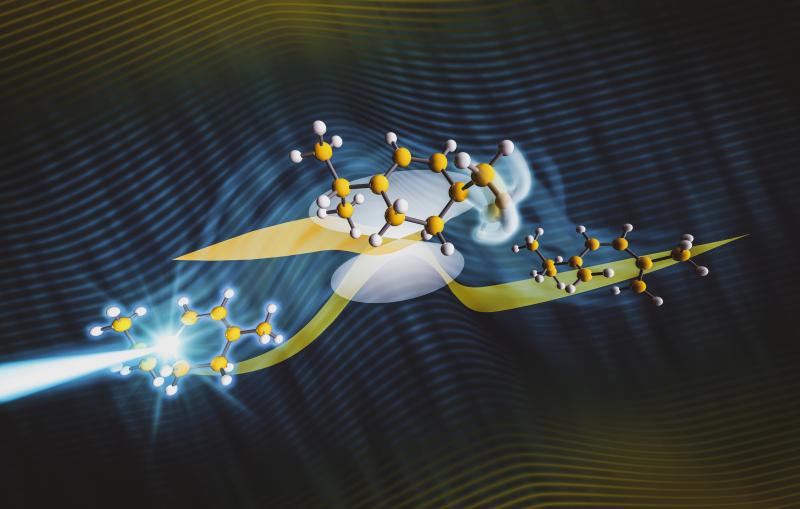With Laser Light, Scientists Create First X-Ray Holographic Images of Viruses
Using SLAC’s X-ray laser, researchers have made detailed 3-D images of nanoscale biology, with future applications in the study of air pollution, combustion and catalytic processes.
By Amanda Solliday
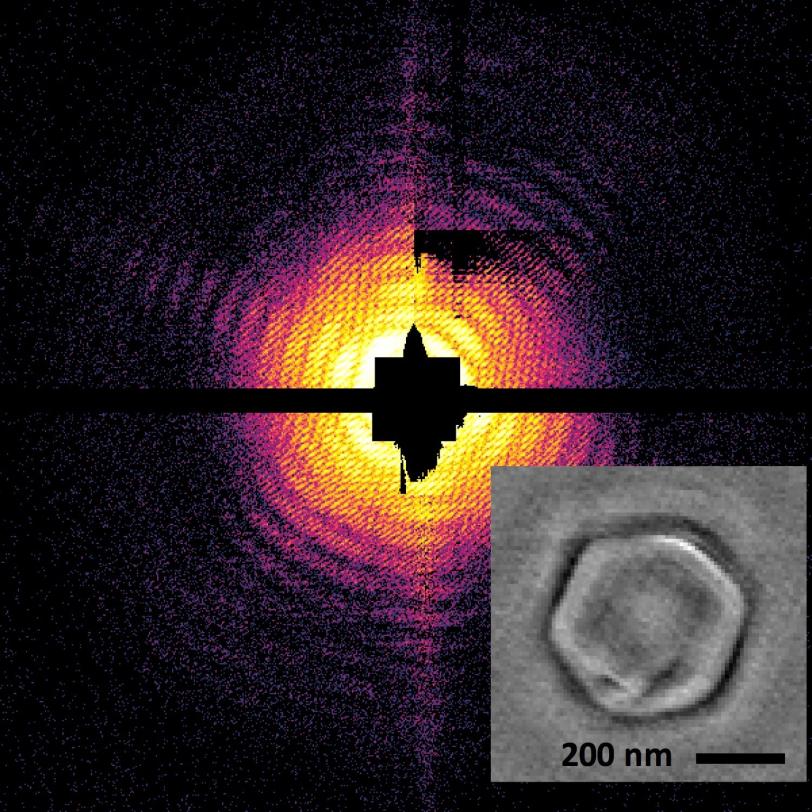
Holography, like photography, is a way to record the world around us. Both use light to make recordings, but instead of two-dimensional photos, holograms reproduce three-dimensional shapes. The shape is inferred from the patterns that form after light ricochets off an object and interferes with another light wave that serves as a reference.
When created with X-ray light, holography can be an extremely useful method for capturing high-resolution images of a nanoscale object—something that is so small, its size is measured in nanometers, or billionths of a meter.
So far, X-ray holography has been restricted to objects that form crystals or relied on careful positioning of the sample on a surface. However, many nano-sized particles are non-crystalline, short-lived and very fragile. They may also suffer changes or damage during an experiment when positioned on a surface. Aerosols, exotic states of matter, and the smallest forms of life often fall into these categories and therefore are difficult to study with conventional imaging methods.
In a recent study featured on the March 2018 cover of Nature Photonics, researchers developed a new holographic method called in-flight holography. With this method, they were able to demonstrate the first X-ray holograms of nano-sized viruses that were not attached to any surface.
The patterns needed to create the images were taken at the Linac Coherent Light Source (LCLS), the X-ray free-electron laser at the Department of Energy’s SLAC National Accelerator Laboratory. Nanoviruses have been studied at LCLS without a holographic reference, but the interpretation of the X-ray images required many steps, relied on human input and was a computationally challenging task.
In the new study, the authors superimposed scattered X-ray light from the virus with scattered X-ray light from a reference nano-sized sphere. The curvature in the superimposed images from the two objects provided depth information and details about the shape of the 450-nanometer-wide virus, the mimivirus. This technique greatly simplified the interpretation of the data.
“Instead of thousands of steps and algorithms that potentially don’t match up, you have a two-step procedure where you clearly get the structure out of your image,” says lead study author Tais Gorkhover, a Panofsky Fellow at SLAC and researcher at the Stanford PULSE Institute.
Now, the scientists can do their reconstruction of a sample in fractions of a second or even faster with the holographic method.
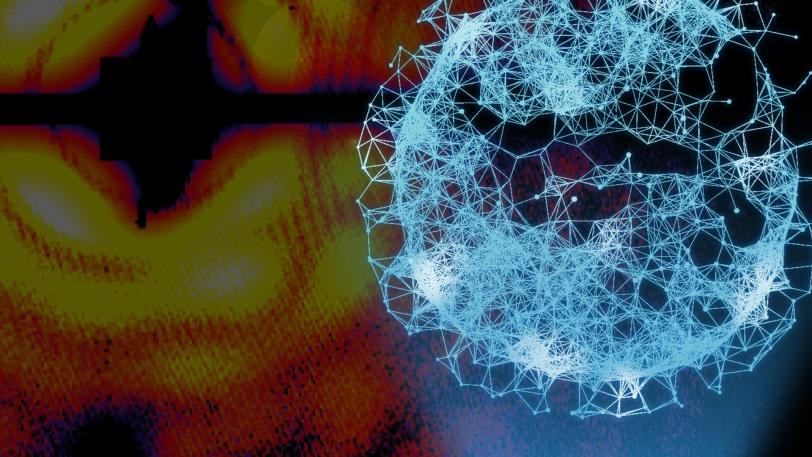
Holograms at the Nanoscale: New Imaging for Nature's Tiniest Structures
Public lecture presented by Taisia Gorkhover
SLAC National Accelerator Laboratory
“Before our study, the interpretation of the X-ray images was very complicated and the structure of nanosamples was reconstructed long after the actual experiment using non-trivial algorithms,” says Christoph Bostedt, a scientist at the DOE’s Argonne National Laboratory and a co-author of the study. “With ‘in-flight’ holography, the procedure is very simple and in principle can be performed while taking data. This is a real breakthrough.”
“Another advantage of the in-flight holography method is that it is less prone to noise and to the artifacts that can appear in the detector compared to non-holographic X-ray imaging,” says Anatoli Ulmer, a co-author and PhD student from the Technical University of Berlin in Germany.
In the long run, the researchers predict that in-flight holography will offer new ways to study air pollution, combustion and catalytic processes, all of which involve nanoparticles.
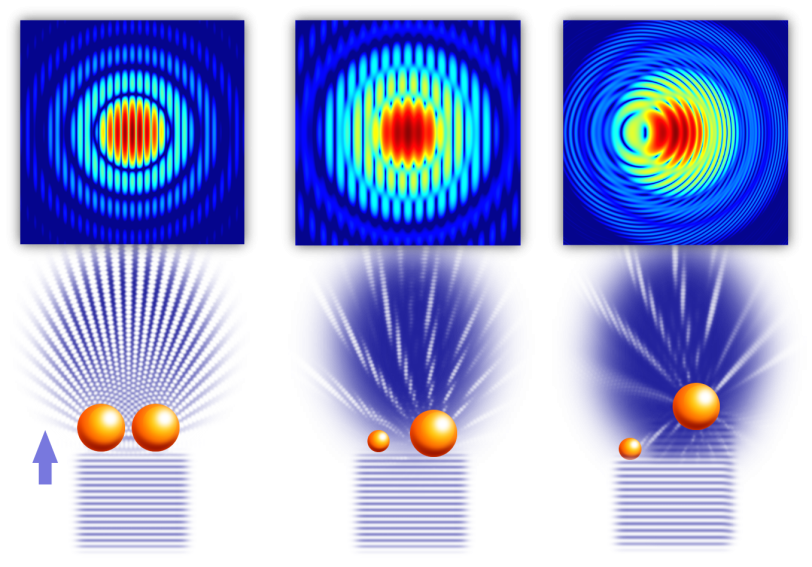
An international team of scientists from the DOE’s Lawrence Berkeley and Brookhaven national laboratories, the Chalmers University of Technology in Sweden, the Czech Academy of Science, Deutsches Elektronen-Synchrotron (DESY) in Germany, the Institute of Optics and Atomic Physics in Germany, the Institute for Solid State Physics and Optics in Hungary, KTH Royal Institute of Technology in Sweden, Northwestern University and Uppsala University in Sweden also contributed to this research.
LCLS is a DOE Office of Science user facility.
Citation: Gorkhover et al., Nature Photonics, 5 March 2018 (10.1038/s41566-018-0110-y)
For questions or comments, contact the SLAC Office of Communications at communications@slac.stanford.edu.
SLAC is a multi-program laboratory exploring frontier questions in photon science, astrophysics, particle physics and accelerator research. Located in Menlo Park, Calif., SLAC is operated by Stanford University for the U.S. Department of Energy's Office of Science.
SLAC National Accelerator Laboratory is supported by the Office of Science of the U.S. Department of Energy. The Office of Science is the single largest supporter of basic research in the physical sciences in the United States, and is working to address some of the most pressing challenges of our time. For more information, please visit science.energy.gov.
